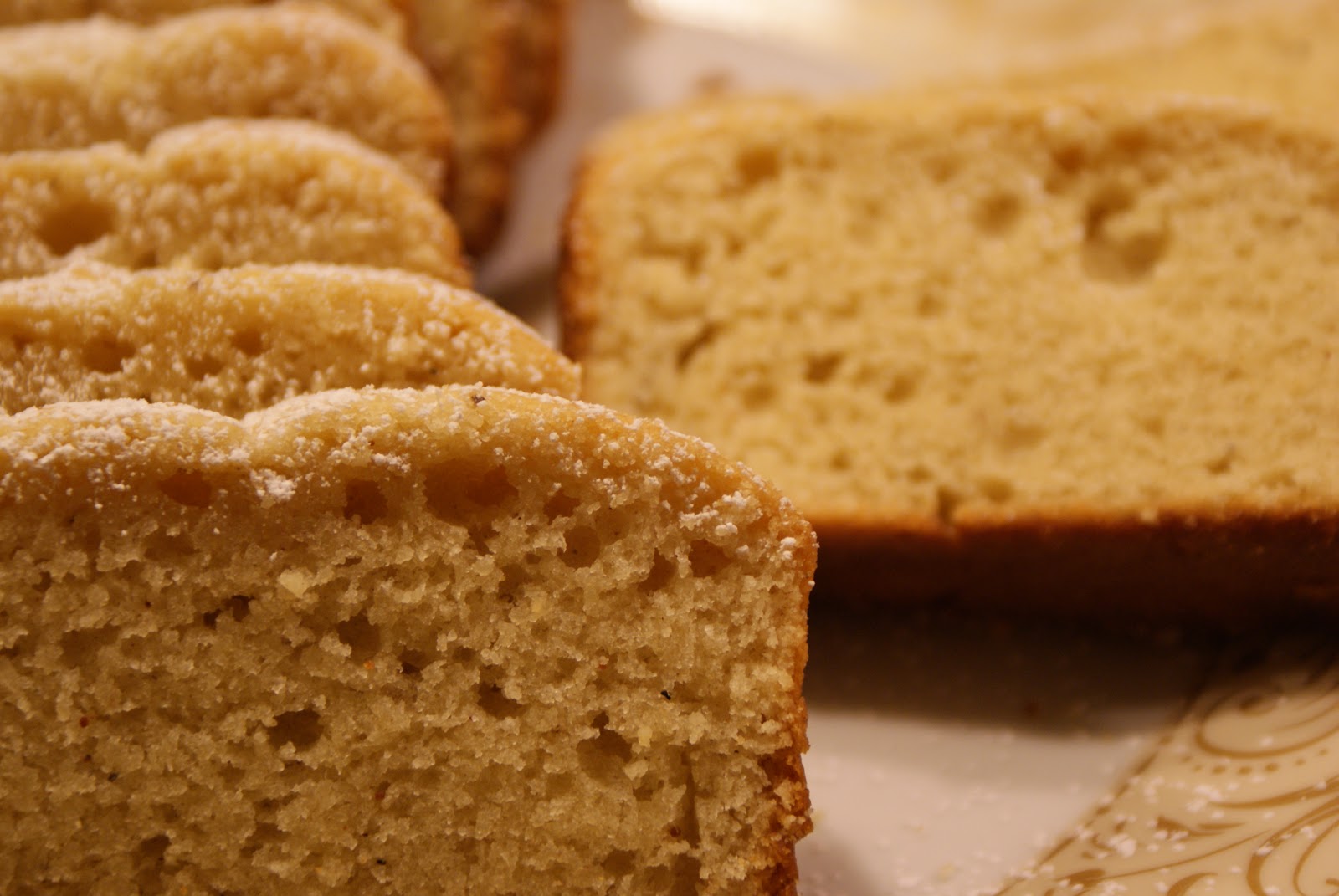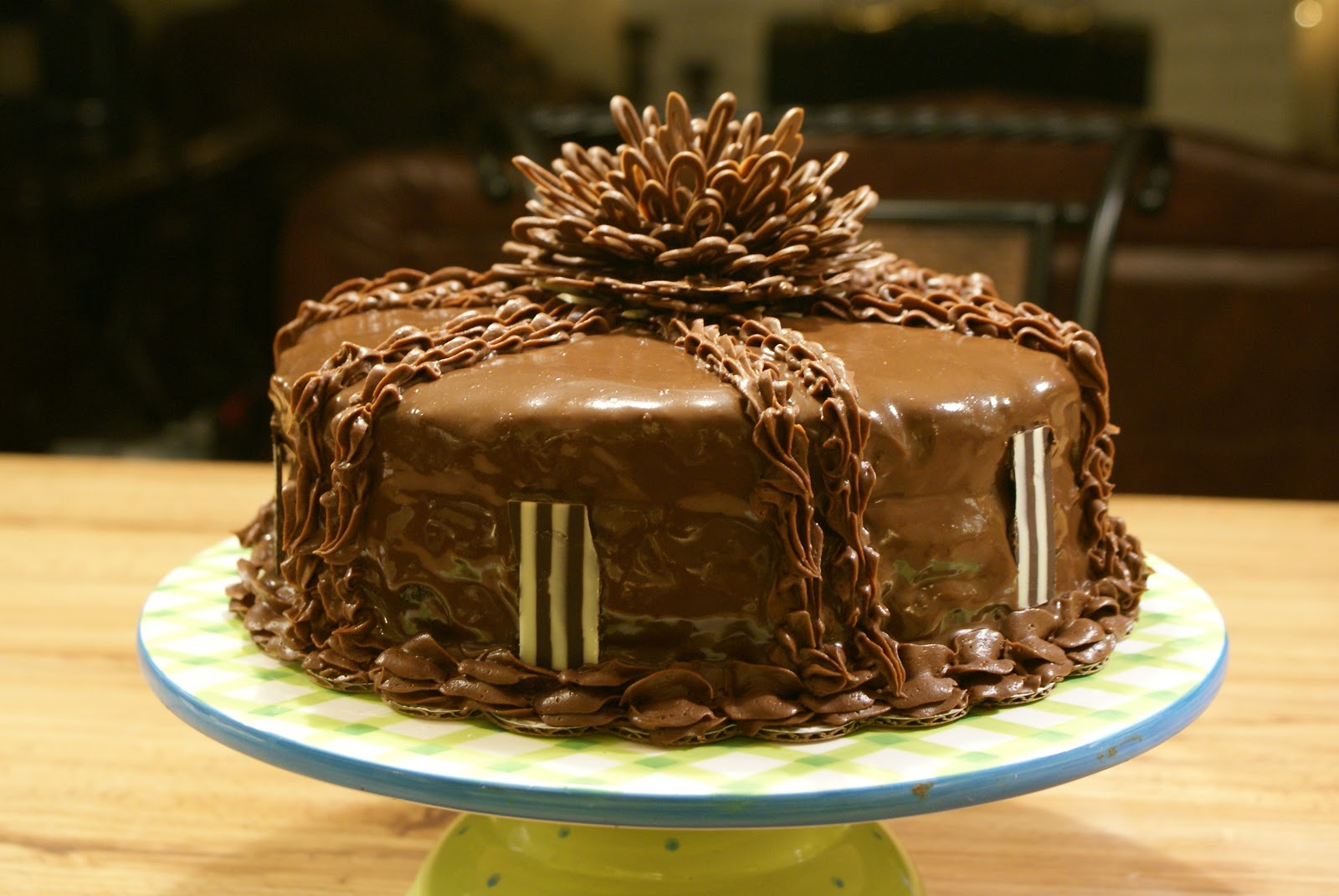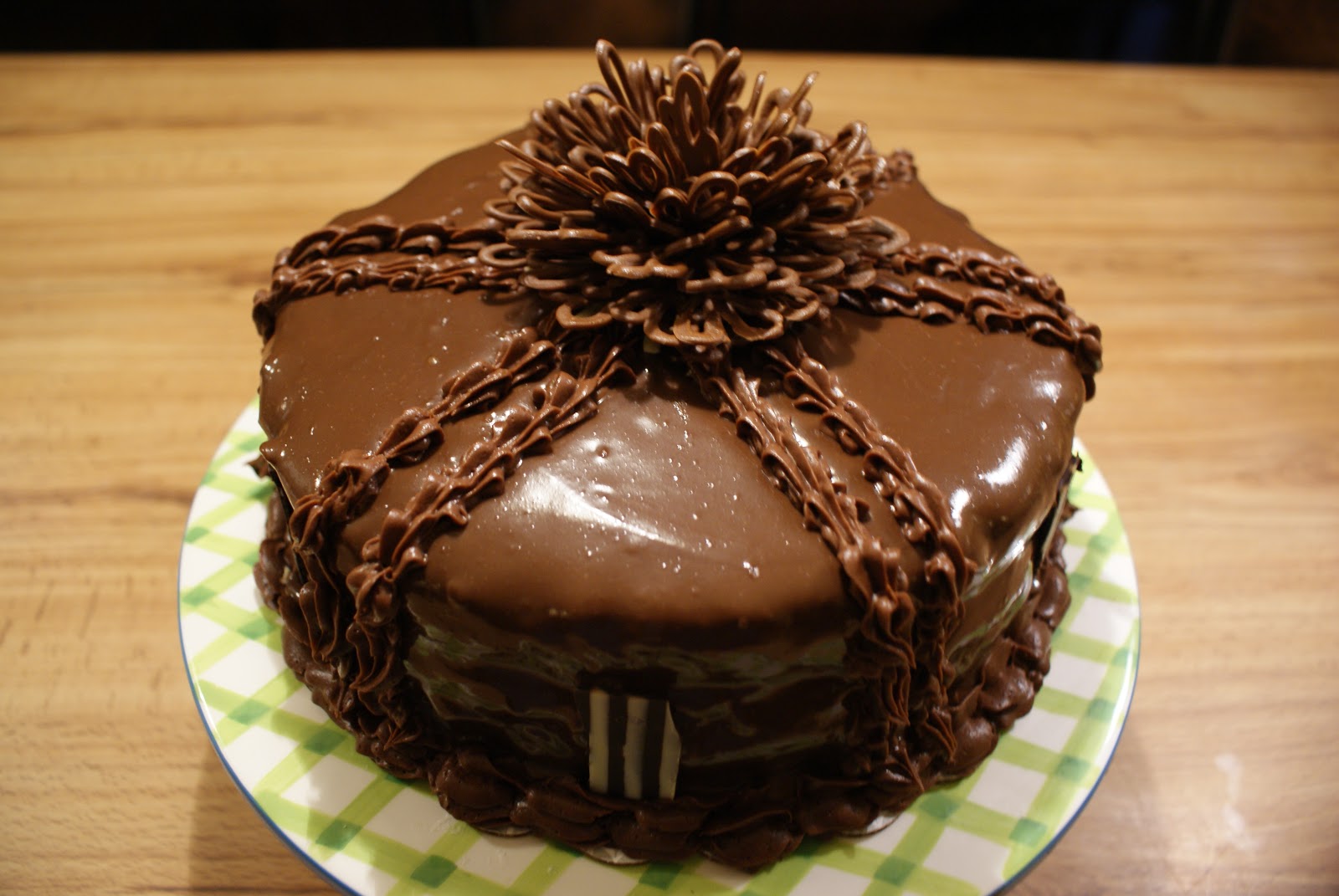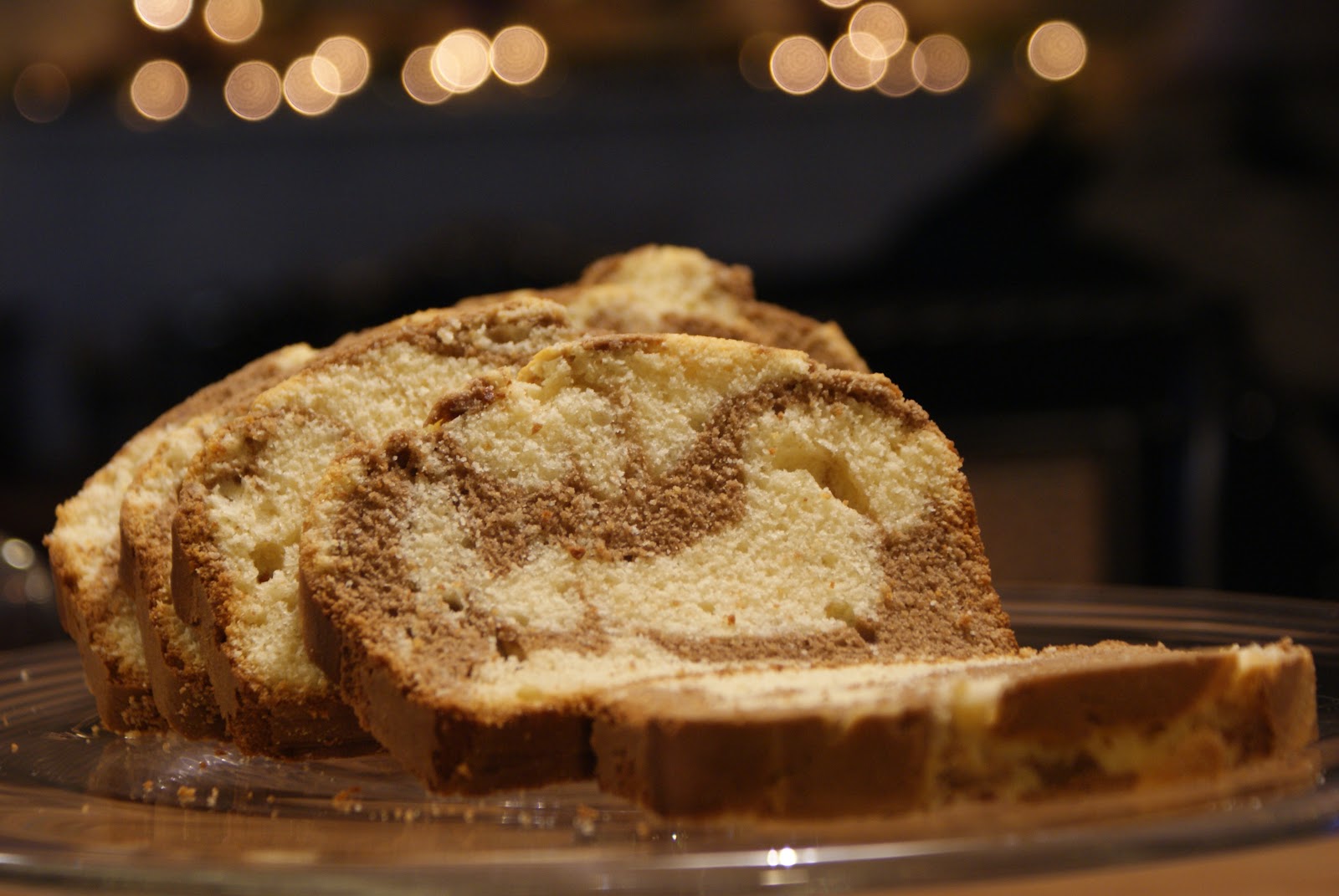The history of
chocolate cake goes back to 1764, when Dr. James Baker discovered how to make chocolate by grinding cocoa beans between two massive circular millstones.
In 1828, Conrad Van Houten of the Netherlands developed a mechanical extraction method for extracting the fat from cacao liquor resulting in cacao butter and the partly defatted cacao, a compacted mass of solids that could be sold as it was "rock cacao" or ground into powder. The processes transformed chocolate from an exclusive luxury to an inexpensive daily snack. A process for making silkier and smoother chocolate called conching was developed in 1879 by Swiss Rodolphe and made it easier to bake with chocolate as it amalgamates smoothly and completely with cake batters. Until 1890 to 1900, chocolate recipes were mostly for drinks.
The Duff Company of Pittsburgh, a molasses manufacturer, introduced Devil's food chocolate cake mixes in the mid 1930s, but introduction was put on hold during World War II. Duncan Hines introduced a "Three Star Special" (so called because a white, yellow or chocolate cake could be made from the same mix) was introduced three years after cake mixes from General Mills and Duncan Hines, and took over 48 percent of the market.
In the U.S., "chocolate decadence" cakes were popular in the 1980s; in the 1990s, single-serving molten chocolate cakes with liquid chocolate centers and infused chocolates with exotic flavors such as tea, curry, red pepper, passion fruit, and champagne were popular. Chocolate lounges and artisinal chocolate makers were popular in the 2000s. Rich, flourless, all-but-flourless chocolate cakes are "now standard in the modern pâtisserie," according to The New Taste of Chocolate.
- 1/2 cup Vegetable Oil
- 2 tsp Vanilla Extract
- 1 cup Boiling Water
- 2 Eggs
- 1 cup Milk
- 1-1/2 tsp Baking Soda
- 1 tsp Salt
- 1-3/4 cups all-purpose Flour
- 3/4 cup Unsweetened Cocoa
- 1-1/2 tsp Baking Powder
- 2 cups Sugar
(all ingredients should be at room temperature)
- Heat oven to 350°F. Butter and flour a 9-inch round baking pan. Not recommended to use a springform pan since batter will be very thin and it might leak out of pan.
- Stir together sugar, flour, cocoa, baking powder, baking soda and salt in a mixer bowl.
- While mixing add eggs one by one, mix well. Then add milk, oil and vanilla; beat on medium speed of mixer 2 minutes.
- Stir in boiling water (batter will be thin). Pour batter into prepared pan.
- Bake for 45 minutes or until toothpick inserted in the center comes out clear of batter.
- Let the cake cool and remove from pan to wire racks. Cool completely.
Chocolate Frosting
- 1 (14 oz.) can
Sweetened Condensed Milk
- 2 (1 oz.) sqs. semi-sweet
Chocolate
- Dash of Salt
- 3 tbsp Water
- 1 tsp Vanilla Extract
- In a saucepan, combine sweetened condensed milk,
chocolate and salt. Over medium heat cook and stir rapidly until chocolate melts
and mixture thickens.
- Remove from heat. Stir in water and
vanilla. Cook and stir rapidly until thickened again about 4 minutes.
- Cool 10 minutes before using it.
Nutella Filling
- A whole Nutella container.
- Cut cake in as many layers as wished.
- Chill Nutella for 30 min, spread on cake.


















